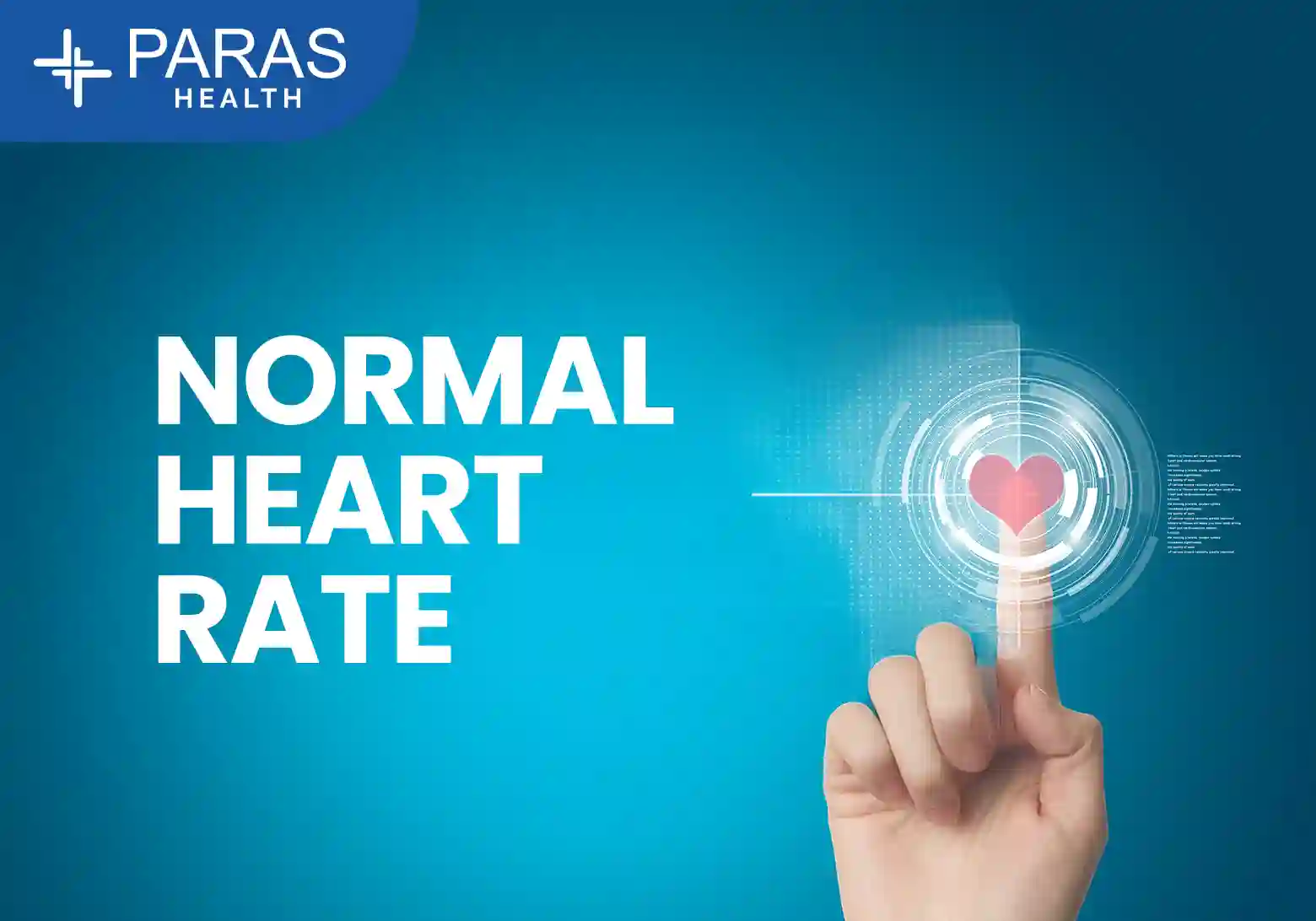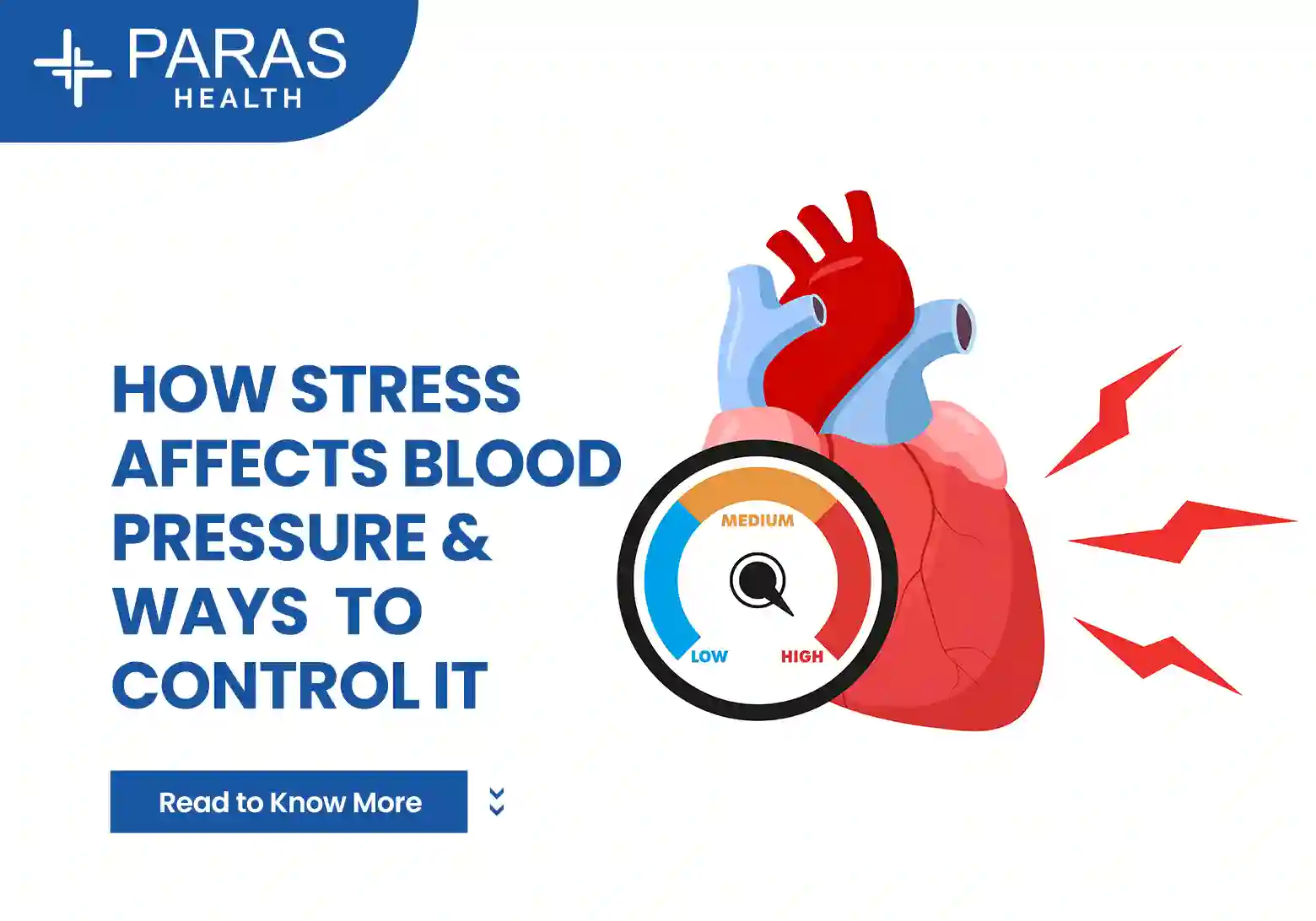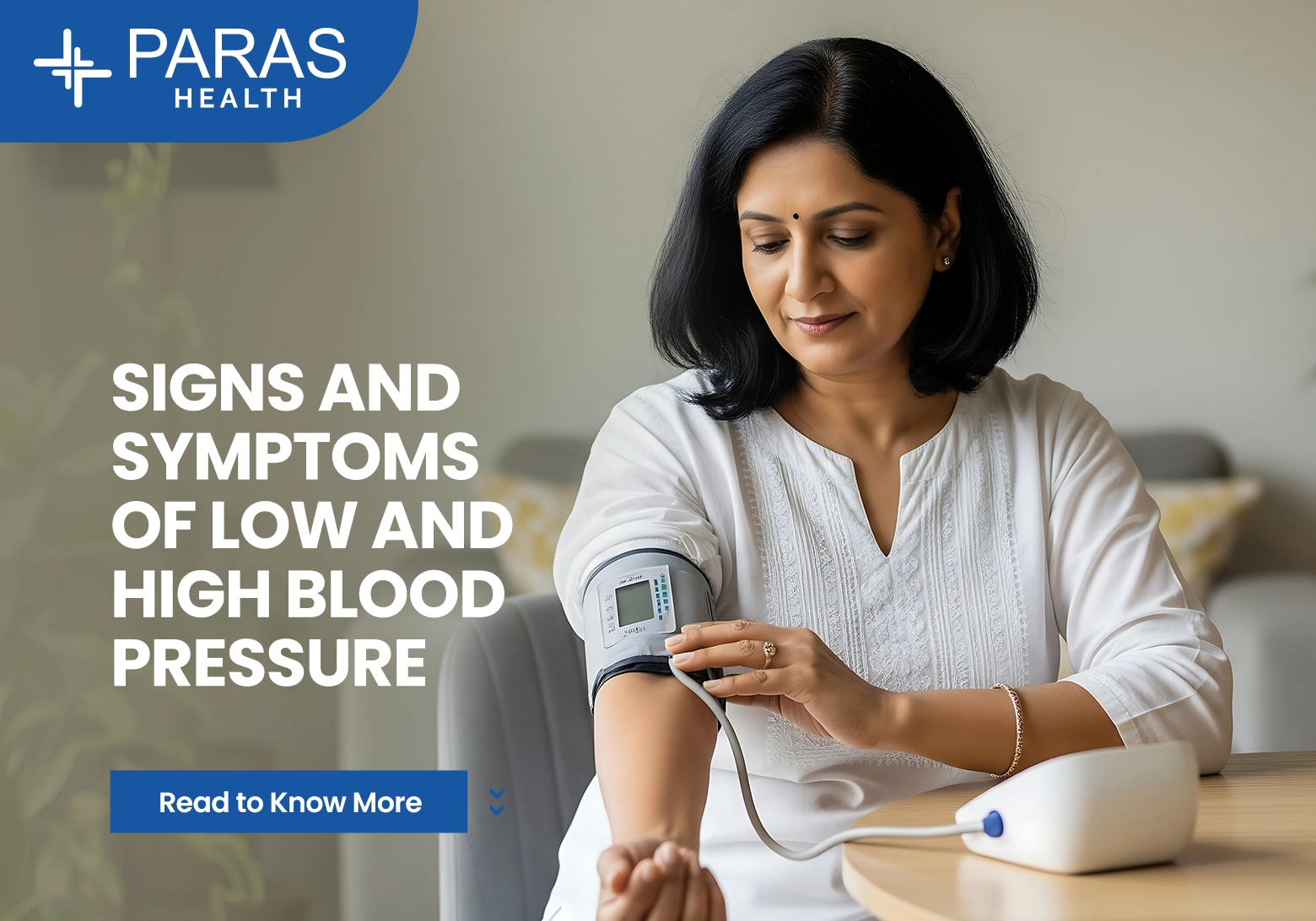What Is a Normal Heart Rate?
Jul 30, 2025
Your Complete Guide to a Healthy Heartbeat
Have you ever felt your heart race after a workout—or even during a stressful moment? Ever wondered, “Is my heart rate normal?” You're not alone. Knowing your heart rate is one of the easiest ways to check how well your heart is doing. And the good news? You don’t need fancy tests to understand it—just a little awareness.
In this blog, we’ll break down everything you need to know about heart rate—what’s normal, what’s not, and when you should pay attention.
First, What Is Heart Rate?
Your heart rate is the number of times your heart beats in one minute. It’s usually measured in beats per minute (bpm). This number changes depending on what you’re doing—whether you're resting, walking, sleeping, or exercising.
What Is a Normal Heart Rate?
For most healthy adults, a normal resting heart rate is:
60 to 100 beats per minute (bpm)
Yes, that's the average. But the ideal rate can vary based on your age, gender, fitness level, and even time of day.
Here’s a quick heart rate chart by age:
|
Age Group |
Normal Resting Heart Rate |
|
Newborn (0–1 month) |
70–190 bpm |
|
Infant (1–11 months) |
80–160 bpm |
|
Children (1–10 years) |
70–130 bpm |
|
Teens (11–17 years) |
60–100 bpm |
|
Adults (18–65 years) |
60–100 bpm |
|
Seniors (65+ years) |
60–100 bpm (can be slightly higher) |
What’s a Good Resting Heart Rate?
A resting heart rate is your heart rate when you're calm and relaxed—like when you wake up in the morning.
Generally:
- Athletes or very fit people may have a resting rate as low as 40–60 bpm
- Most people fall in the 60–90 bpm range
So if you’re sitting on the couch, and your heart is beating at 95 bpm—don’t panic, but it’s worth checking your lifestyle habits.
Normal Heart Rate While Sleeping
During sleep, your body goes into rest mode. A typical sleeping heart rate may drop to:
- 40 to 60 bpm in healthy adults
This happens because your body is conserving energy, and your parasympathetic nervous system (the “rest and digest” part) is in charge.
What Is a Normal Heart Rate While Walking or Exercising?
When you move, your heart beats faster to send oxygen to your muscles.
- While walking: 90–110 bpm is normal
- During moderate exercise: 110–130 bpm
- During intense exercise: 130–170 bpm (depends on age and fitness level)
Want to know your target heart rate during exercise?
A simple formula:
Target Heart Rate = (220 – your age) × 50–85%
For example, for a 40-year-old:
220 – 40 = 180
50–85% of 180 = 90 to 153 bpm during exercise
This range ensures you’re working out safely while maximizing cardiovascular benefits.
When Is Heart Rate Considered Abnormal?
Your heart is a muscle—but like any machine, it can act up.
Here’s what’s not normal:
- Tachycardia (Fast Heart Rate): Above 100 bpm while resting
- Bradycardia (Slow Heart Rate): Below 60 bpm (unless you’re an athlete)
- Irregular Heartbeat or Palpitations: Feels like skipped or extra beats
What Can Affect Your Heart Rate?
Your heart rate isn’t constant. It changes based on many factors like:
|
Factor |
Effect on Heart Rate |
|
Stress or Anxiety |
Increases heart rate |
|
Fever or Illness |
Increases |
|
Caffeine or Alcohol |
Increases temporarily |
|
Medications (e.g. beta blockers) |
Can lower heart rate |
|
Sleep or Meditation |
Decreases heart rate |
|
Fitness Level |
More fit = Lower heart rate |
|
Dehydration |
Increases to compensate |
What Does Your Heart Rate Say About Your Health?
- Lower heart rate (60–70 bpm) → Good cardiovascular fitness
- Higher heart rate at rest (>90 bpm) → May signal stress, dehydration, or poor fitness
- Very low (<50 bpm) → Could be bradycardia (check if you feel dizzy, weak, or tired)
A consistently high or low pulse could be a sign of heart issues, thyroid problems, or side effects of medications.
How to Check Your Heart Rate at Home
You don’t need a smartwatch or fancy monitor. Just use your fingers!
Steps to check pulse manually:
- Use your index and middle finger
- Place them on your wrist (radial artery) or neck (carotid artery)
- Count the beats for 15 seconds and multiply by 4
(or count for 60 seconds for more accuracy)
You can also use:
- Fitness trackers (e.g. Fitbit, Garmin, Apple Watch)
- Pulse oximeters
- BP monitors with pulse rate display
How to Keep Your Heart Rate Healthy
Want a healthy pulse every day? Focus on:
- Regular aerobic exercise (walking, swimming, cycling)
- Deep breathing or meditation
- Avoiding excess caffeine, alcohol, or smoking
- Staying hydrated
- Getting enough sleep (7–8 hours)
- Maintaining a healthy weight
- Managing stress and anxiety
Pro Tip: Even 30 minutes of brisk walking daily can gradually lower your resting heart rate.
Why Is It Important to Monitor Your Heart Rate Regularly?
Your heart rate is more than just a number—it’s a vital sign of how well your body is functioning. Regular monitoring can help you:
- Detect early signs of heart disease
- Measure your fitness level
- Track your stress and recovery
- Adjust your exercise intensity
Devices like fitness trackers, smartwatches, and heart rate monitors make it easy to check your heart rate throughout the day.
Heart Rate vs Blood Pressure – What’s the Difference?
|
Metric |
What It Measures |
Normal Range |
|
Heart Rate |
Beats per minute (bpm) |
60–100 bpm (resting) |
|
Blood Pressure |
Force of blood against artery walls |
120/80 mmHg (normal) |
Think of it this way: Heart rate is the speed of your heartbeat, while blood pressure is the strength of the push behind each beat.
When Should You See a Doctor?
Seek help if you notice:
- Resting heart rate consistently above 100 bpm or below 50 bpm
- Frequent palpitations or skipped beats
- Dizziness, fainting, shortness of breath, or chest pain
- Heart rate that doesn’t come down after resting post-exercise
- You’re on medications that affect heart rhythm
These symptoms might indicate:
- Arrhythmias
- Thyroid imbalance
- Heart valve disease
- Dehydration or electrolyte imbalance
Final Thoughts
Your heart speaks—through your heartbeat. Understanding your normal heart rate helps you listen better. Whether you’re tracking it for fitness or health, keeping your heart rate in check is a simple way to stay ahead of potential problems.
So next time you feel a flutter, don’t just ignore it—check it. Your heart’s trying to tell you something.
FAQs (People Also Ask)
Q. Is 100 bpm normal for resting heart rate?
It’s at the upper edge of the normal range. If consistent, consult a doctor.
Q. Is 55 bpm too low?
For athletes, it’s fine. If you feel dizzy or weak, it may need medical attention.
Q. Can anxiety raise my heart rate?
Yes, it can cause temporary spikes.
Q. What heart rate is too high during exercise?
It varies by age. Use the target heart rate formula to stay safe.
Q. What should your heart rate be when you wake up?
Typically between 60–80 bpm.
Q. Can dehydration cause high heart rate?
Yes, your heart compensates for lower blood volume.
Q. What’s the difference between pulse rate and heart rate?
They’re usually the same, but pulse is the felt movement, heart rate is the actual beat.
Q. Can I lower my heart rate naturally?
Yes. Try deep breathing, regular exercise, and stress reduction.
Q. Does being overweight increase your heart rate?
Often, yes. Extra weight adds strain on the heart.
Q. How accurate are fitness trackers for heart rate?
Reasonably accurate for resting heart rate. May vary during intense activity.
Q. Can thyroid problems affect heart rate?
Yes. Hyperthyroidism speeds it up; hypothyroidism slows it down.
Q. What is a dangerous heart rate while sleeping?
Below 40 or above 100 bpm may require medical review if symptoms occur.










.png)